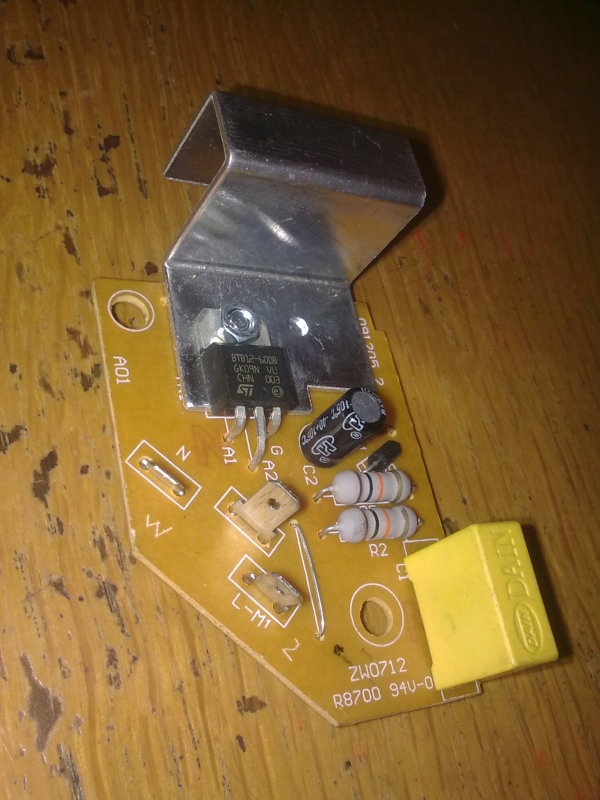Please forgive my ignorance.
I know this is a Mickey Mouse question.
Am I right to assume ALL brushed motors are DC?
It's not a trick question.
It is just a motor I have taken from a vacuum cleaner.
I was told the control board can be by passed, but the motor I have has got brushes.
(I'm presuming the board is a rectifier / speed control as it has 2 diodes, a triac and a AS25B01 IC and a few other passive components.
Surely there is no way this motor can be connected directly to AC without the above mentioned board?
So, getting back to the question, is it true that an AC motor NEVER has brushes?
Thanks
I know this is a Mickey Mouse question.
Am I right to assume ALL brushed motors are DC?
It's not a trick question.
It is just a motor I have taken from a vacuum cleaner.
I was told the control board can be by passed, but the motor I have has got brushes.
(I'm presuming the board is a rectifier / speed control as it has 2 diodes, a triac and a AS25B01 IC and a few other passive components.
Surely there is no way this motor can be connected directly to AC without the above mentioned board?
So, getting back to the question, is it true that an AC motor NEVER has brushes?
Thanks


